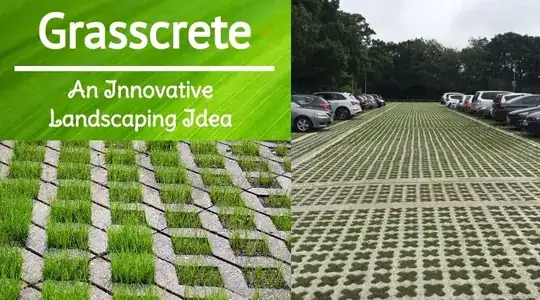It has to be attractive, as it is the front of my house.
This will depend somewhat on your tastes and the norms in your neighborhood.
It should not deform too much (e.g. form ruts) from having cars parked on it.
If you already have an asphalt driveway, you probably have a good base. Gravel over a good base should not form deep ruts.
I live in Canada in a heavy snow region, so it needs to be easily cleared of snow using a snow blower.
Based on my experience, I'm not a big fan of snow blowing gravel driveways. Asphalt is best here. The problem with snow blowing gravel driveways is that the blower tends to shoot stones a fair distance so you have to raise the blade, which leaves behind a layer of snow. Then you have to either shovel off that layer or leave it. On the upside, if you leave it, it will form a nice layer of ice, and then you can drop the blade to scrape off the next batch of snow. ;)
With asphalt you can drop the blade and scrape it clean.
- This is crazy idea; the heating in compost piles got me thinking that there has to be some way to keep the driveway hot through the winter via a biological process (so, I am not talking about running wires over my driveway) thus limiting the amount of snow and ice removal required.
In order to generate heat, you'd need a compost pile at least 2' deep (probably better at 3'). In the crazy case: if your driveway is 10' wide by 40' long, that's 2x10x40=800 cubic feet=30 yards of material. Of course, driving over that wouldn't be possible, your car would sink out of sight. (But even if you could, it wouldn't generate heat all winter anyway.)
So you would instead need a giant compost pile with pipes running from the pile under your driveway. I have heard of large piles being used to heat domestic hot water, but you'd need such a massive pile to heat your driveway through an Ontario winter that I don't think it would be practical. You'd also need to tear apart the pile every spring and rebuild it (including all of the piping) in the summer -- "disposing" of the finished compost shouldn't be too hard, but acquiring enough new material of the right mix for the next winter pile could be a challenge.
- Barring a bio-heated driveway, I will need to salt the driveway to prevent ice, so the living matter will have to be able to deal with extra salt.
I'd recommend coating any ice that forms with sand instead of salt. The amount of salt you'd need to use on the driveway will kill anything you try to plant there.
It should effectively filter the water from precipitation and not dump it into the storm drains.
A possible compromise would be to remove a strip of asphalt down the center of your driveway and plant grass. Your wheels don't drive over this part of the driveway so it won't get compacted and you should be able to get decent growth. It's a minor hassle to snow blow, but not as dangerous as gravel -- you will want to raise the blade at least the first couple of times you snow blow so that you don't damage the grass. Once you have a compacted layer of snow down the center of the driveway, you can probably scrape later snowfalls without doing any damage.
Another key piece of preventing runoff into storm drains is to plant good edges. Make sure you have vegetation all along the edge of your asphalt driveway; this will help to catch runoff and absorb it into the soil.
Observe the path that water travels. (Sounds crazy, but go out during a heavy rain and watch where the streams are going.) Are there areas where you can divert the flow into a rain garden? If your driveway is built so that it slopes directly into the street (and then a storm drain), your options may be limited.
